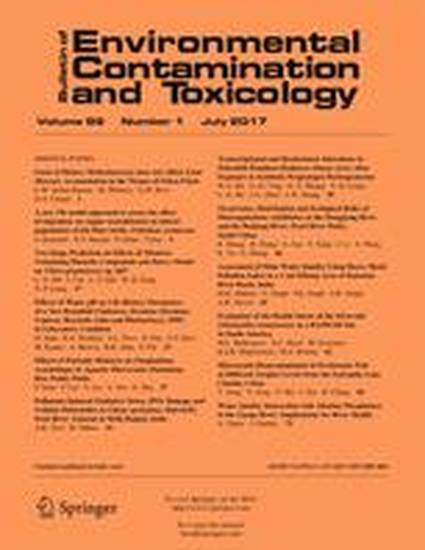
Article
Lack of Widespread Organochlorine Pesticide Contamination in South American Resident Passerines
Bulletin of Environmental Contamination and Toxicology
(2003)
Abstract
Recent studies have documented the existence of organochlorine (OC) pesticides and metabolites— notably p,p'-DDE, dieldrin and heptachlor epoxide—in the nglg range in many species of Neotropical migrant passerines that breed in the Nearctic region and winter in the Neotropics (e.g., Kannan 1991; Harper et al. 1996; Klemens et al. 2000; Bartuszevige et al. 2002). This is despite the banning and/or restricted use of OC pesticides in the United States and Canada in the 1970s and the observed decline in DDT residues in migratory songbirds seen in the 1970s (Johnston 1974). Apparently, these relatively short-lived birds are still being exposed to these compounds.
Disciplines
Publication Date
Spring April, 2003
Publisher Statement
The Bulletin of Environmental Contamination and Toxicology is published by Springer Verlag. For more information please see the publisher website.
Citation Information
Given Harper, A. P. Capparella, J. A. Klemens and J. A. Frick. "Lack of Widespread Organochlorine Pesticide Contamination in South American Resident Passerines" Bulletin of Environmental Contamination and Toxicology Vol. 70 Iss. 4 (2003) Available at: http://works.bepress.com/given_harper/15/
